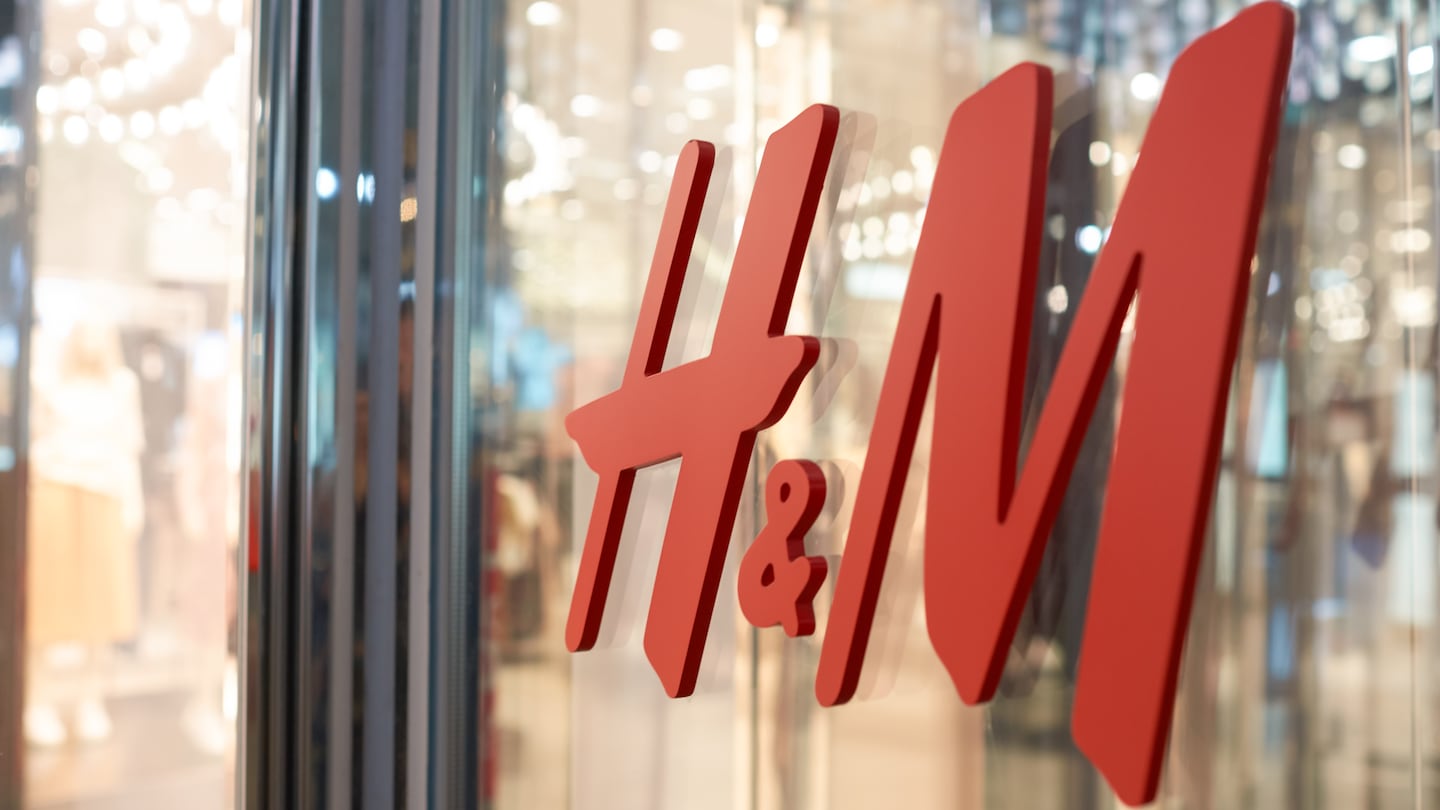
The Business of Fashion
Agenda-setting intelligence, analysis and advice for the global fashion community.

Agenda-setting intelligence, analysis and advice for the global fashion community.

The new expansion will “ensure a high level of traceability” for as much as 20 percent of H&M’s material base by volume, with plans to continue increasing that figure, H&M said in a release. It follows on several scaled pilots the companies ran in 2021, during which they traced more than 1.5 million garments. H&M will also continue testing ways to scale its traceability efforts.
Fashion companies rarely have full visibility into the origins of the raw materials they use to make their clothing. It makes it hard for brands to know their full environmental impact and raises risks that they’re using materials produced with practices such as forced labour.
TextileGenesis, the recipient of H&M’s “Global Change Award” in 2020, is one of a number of companies turning to blockchain as a means of bringing visibility to the supply chain. Using a token it calls a “Fibercoin,” it’s able to track materials as they progress from fibre to finished product.
The process isn’t simple, however. It entails onboarding suppliers all the way up the supply chain onto the data platform and ensuring the information they’re entering is accurate. It can create prohibitive costs for brands and manufacturers looking to produce clothing as cheaply and quickly as possible.
ADVERTISEMENT
In an interview with BoF last year, Amit Gautam, founder and chief executive of TextileGenesis, said the costs make it difficult for brands to trace “commodity” materials. He predicted the industry would eventually bifurcate, with top brands tracing their materials but small producers, especially those focused on local markets in regions such as Asia, continuing to operate without knowing the source of their products.
Learn more:
Is Fashion Ready to Put Its Supply Chain on the Blockchain?
H&M and Kering are among the fashion players that have recently launched pilot programmes to trace their supply chains using blockchain technology.
The nature of livestream transactions makes it hard to identify and weed out counterfeits and fakes despite growth of new technologies aimed at detecting infringement.
The extraordinary expectations placed on the technology have set it up for the inevitable comedown. But that’s when the real work of seeing whether it can be truly transformative begins.
Successful social media acquisitions require keeping both talent and technology in place. Neither is likely to happen in a deal for the Chinese app, writes Dave Lee.
TikTok’s first time sponsoring the glitzy event comes just as the US effectively deemed the company a national security threat under its current ownership, raising complications for Condé Nast and the gala’s other organisers.